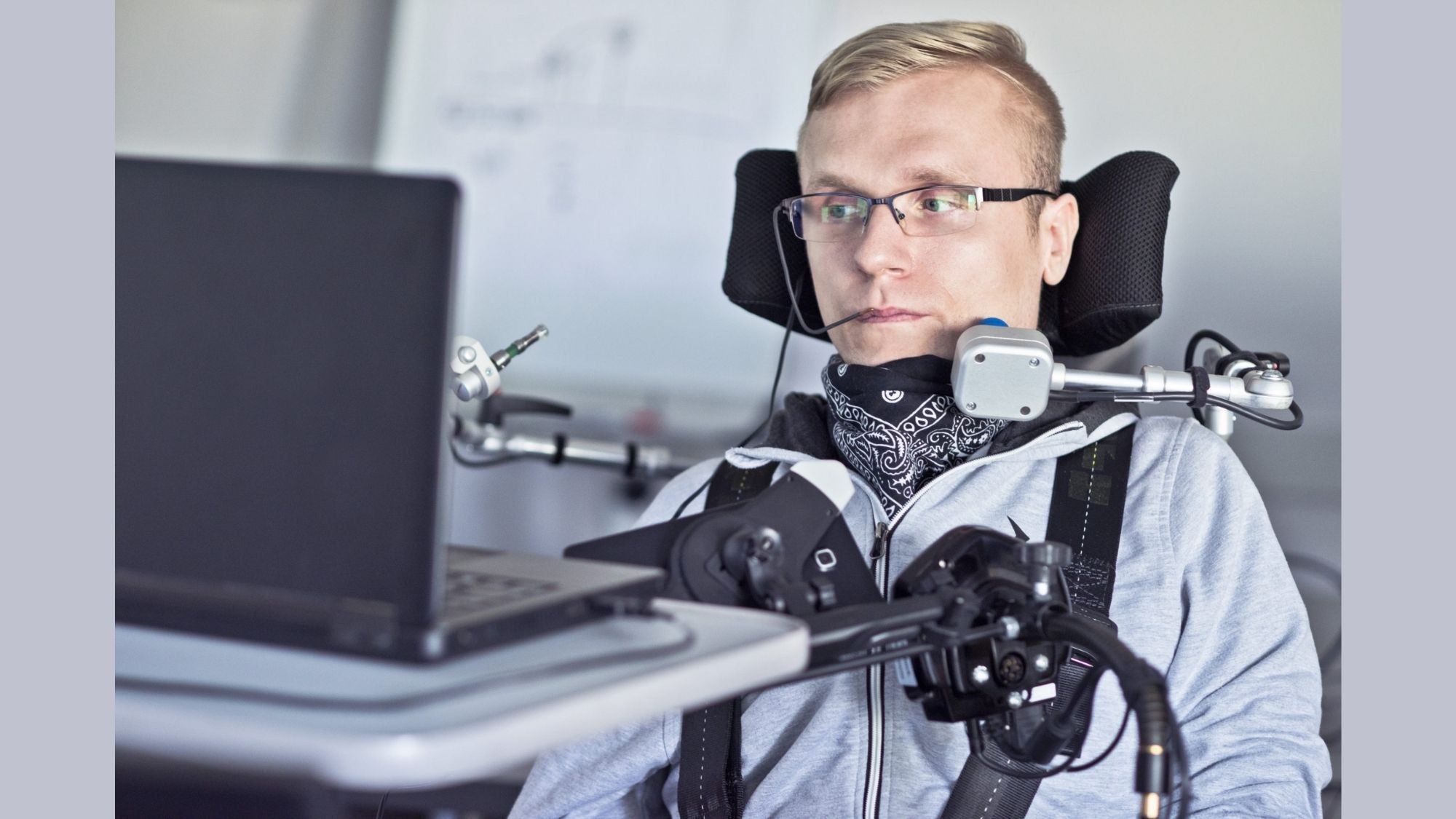In what could be a major breakthrough that could benefit the incapacitated communicate with the outside world, a group of scientists from Stanford University in California successfully helped a 65-year-old paralyzed man to convey his thoughts on a screen using only his mind through a method called mindwriting.
HOPE springs eternal for the physically disabled as a major scientific breakthrough now enables the human mind to project words and fully construct sentences into reality.
A group of scientists and researchers from Stanford University in California said they were successful on helping a 65-year-old man who has been paralyzed since 2007 to convey his thoughts on a screen using only his thinking, a method the team calls “mindwriting.”
This innovation was made possible using two micro sensors made up of hair-like electrodes which were implanted on the left hemisphere of his brain or the “dominant” side, which was primary responsible for forming words that one person might utter.
The team then instructed the man, who suffered a spinal cord injury, to imagine something he wants to write as if he were holding a pen and paper.
According to the two-year study, the sensors were able to detect the brain activity of his visualization.
Using a “brain-to-text” system, the computer algorithm then interpreted the way he visualized what he is writing and then later projected it into the screen.
The patient was communicating by texts with a phasing comparable to individuals who can type words using a smartphone, which is 18 words per minute or 90 characters long.
On average, an able-bodied person can text 23 words per minute in the same device.
Dr. Frank Willett, a Howard Hughes Medical Institute (HHMI) neuroscientist who worked with the team, told CNN that the University department behind the project already has "a long history of developing brain-computer interfaces to help people with paralysis," but this was a leap forward.
Willet said that one major "exciting aspects" of the study, was that the patient was still capable to "write" clearly even though being paralyzed for more than a decade.
"We still recorded highly structured and meaningful patterns of neural activity when he tried to handwrite," he emphasized.
Hope for millions
The scientists behind the research said they aim to give hope to millions of people across the globe who lost the ability to speak and move the chance to bring back one of the most important aspect of their lives: communication.
"The goal is to restore the ability to communicate by text," Stanford neurosurgery Professor Jamie Henderson said in a statement.
Through this revolution, people who are medically incapacitated to move their body and use their speech function could one day be able to express their thoughts and feelings.
However, Willet said that this technological advancement is still years away from being available to all. (JT)
Tags: #medicine, #StanfordUniversity, #mindwriting, #science
